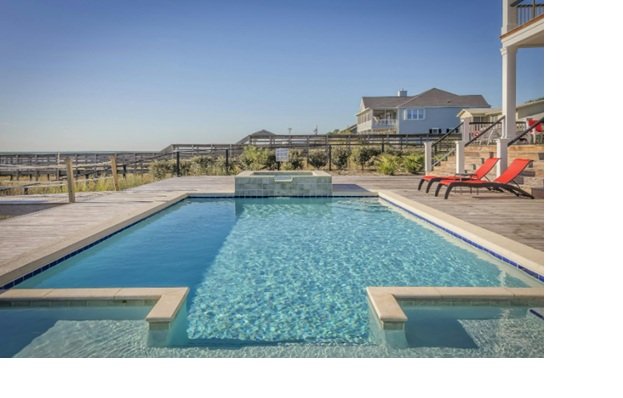
You’d think navigating Australian pool fencing laws is akin to deciphering a secret code, but it’s essential for ensuring safety. As a pool owner, you need to understand that there are specific requirements you must meet, from fence height to gate mechanisms. Each state has its own regulations, and compliance isn’t just a suggestion—it’s a legal obligation. What happens if you overlook these details? The consequences can be severe, and your pool’s safety could be at stake. Let’s explore what you need to know to protect your home and loved ones effectively.
When it comes to pool fencing requirements in Australia, it’s important to grasp the regulations that keep your family safe. The primary aim of these requirements is to prevent accidental drownings, particularly among young children.
You’ll find that all residential pools must be fenced, and the fence must meet specific height and structural standards. Typically, the minimum height for a pool fence is 1.2 meters, and it must be built to prevent children from climbing over or squeezing through.
The fence should have a self-closing and self-latching gate, ensuring it remains securely closed when not in use. It’s imperative that the latch is placed out of reach of small children, usually at least 1.5 meters above ground level.
Additionally, the area surrounding the pool should be free from any objects that could assist a child in climbing the fence. Regular maintenance is essential as well; check for any damage or wear that could compromise safety.
Maneuvering through state-specific regulations for pool fencing in Australia is vital for compliance and safety. Each state has its own unique set of rules that you must adhere to, guaranteeing that your pool area remains secure and child-friendly.
Here’s what you should know about these regulations:
Neglecting these state-specific regulations can lead to heavy fines and increased risks.
It’s essential to familiarize yourself with the rules in your area and guarantee your pool fencing meets all requirements. Always consult the experts like Boresi, local authorities or regulatory bodies for the most accurate and updated information.
Understanding safety standards and compliance for pool fencing is fundamental in guaranteeing a secure environment. In Australia, strict regulations govern the design, installation, and maintenance of pool fences. These standards are aimed at preventing accidents and safeguarding children from drowning, which is a critical concern for families.
You must verify your pool fence meets the specific requirements outlined by your state or territory. Generally, regulations stipulate that fences are at least 1.2 meters high and that gaps in the structure don’t allow a child to squeeze through. The gates should be self-closing and self-latching, positioned at least 1.5 meters above ground level to prevent easy access by young children.
Regular inspections and maintenance are crucial for compliance. You should routinely check for any damage or wear that could compromise the fence’s integrity.
Non-compliance can lead to significant legal repercussions and financial penalties, not to mention the heightened risk of accidents.
Commonly used materials for pool fencing include aluminum, glass, wood, and vinyl, each offering distinct advantages and considerations.
When choosing the right material for your pool fence, consider factors like safety, aesthetics, and maintenance.
How do you guarantee your pool fence is both secure and aesthetically pleasing? Begin by confirming that the installation complies with Australian regulations. This means selecting materials that meet safety standards and are durable enough to withstand environmental factors.
Properly measure your pool area before installation to ascertain the fence is correctly positioned, leaving no gaps that could compromise safety.
Once installed, regular maintenance is essential. Inspect the fence at least twice a year for any signs of wear, such as rust, loose fittings, or damage to the gate. Address any issues immediately to avoid safety hazards.
Keep the area around the fence clear of debris and vegetation, which could obstruct visibility and access.
Additionally, consider the aesthetic aspects of your pool fence. Choose colors and styles that compliment your outdoor space. If your fence is made of glass, confirm it remains clean and free of smudges to maintain clarity.
In conclusion, adhering to Australian pool fencing laws is imperative for ensuring safety and compliance. Did you know that approximately 50% of drownings in children under five occur in residential pools? By investing in proper fencing, you not only meet legal requirements but greatly reduce this risk. Regular inspections and maintenance are essential to uphold these standards, so stay proactive in protecting your loved ones. Remember, a secure pool area is necessary for peace of mind.
Unlock a Brighter Future: Why Solar Power is a Smart Investment
September 29, 2025Unlocking the Best Real Estate Investment Opportunities
September 26, 20257 Aircon Cleaning Tips Every Homeowner Should Know
September 22, 2025Finding Reliable Tenants with Top Property Management in Brisbane
September 9, 2025The Importance of Regular Electrical Safety Inspections
September 9, 2025